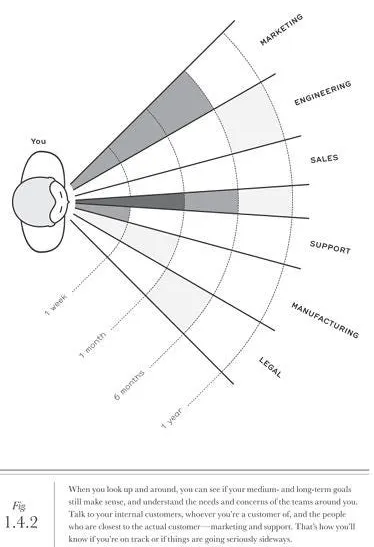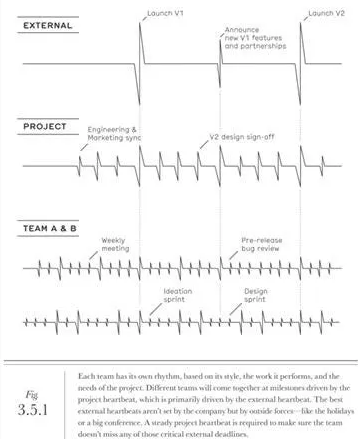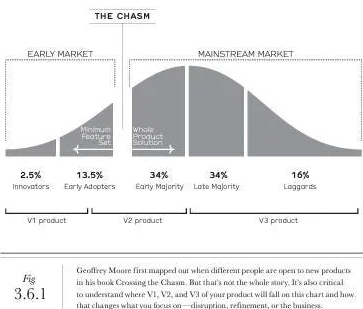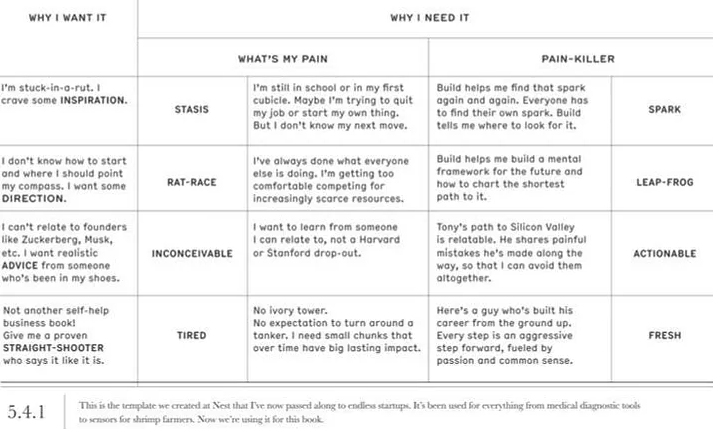4 advices to design your 2024
Tomorrow marks the start of a new year, bringing new goals and objectives. This article will look at some tips for planning 2024 that allow us to have clear goals, optimize our time, and achieve what we set out to do. Let’s discuss how to plan our days to reach our goals in achievable and realistic times.
Know your why
First, you need to know yourself, understand your reasons for things, and find what motivates you; from there, you can set clear goals and concise objectives aligned with your goals. This will allow you to focus your time and effort on what matters.

The previous image likens this to the different areas of a company where you need to have visibility of the overall structure; to illustrate this, imagine that your projects and ventures are the company in which you have the power of decision and leadership.
You must constantly review your activities, asking yourself if what you are currently doing is aligned with your general objectives in the short, medium, and long term. Likewise, having a clear understanding of your why and knowing your vision of what you want to achieve will give you the clarity not to lose your way, that is, not to lose focus on what you are building due to distractions from the outside.
Set your deadlines

Once we have our objectives and clearly understand why we are doing it, we must set deadlines to measure our progress and commit to key events. Tony Fadell suggests that we align our main objectives with an external event, something we have no control over, so we can focus our efforts on achieving it. He uses the analogy of Heartbeats, where
- The External Beat is our immovable but relevant event to continue the project and ensure that we deliver functional products.
- After establishing our External Beat, we move down to the Project Beats, where we internally review how we are doing and our progress with each team, always focused on meeting our External Beat.
- Lastly, we have the Team Beat, which is more specific as each team internally must understand the importance of their work and timely detect potential blockages or interruptions that may prevent reaching the External Beat. Again, this analogy is for a company with teams and people. Still, you can apply it to your projects by reviewing your External Beat, the people who can help you get there, and potential teams that will assist.
Version your project

Sometimes, we don’t meet our deadlines because we are unsatisfied with our product. That’s not bad, but be clear that you shouldn’t wait to build a perfect product or project before going to market. That’s why Tony uses the analogy of The Chasm, where we have different versions depending on our time and maturity.
- Version 1 should be functional; with it, you should be able to convey the passion and benefit of what you are creating with your product. It will probably have some flaws, but this will allow you to get customer feedback, which will help you improve subsequent versions.
- Version 2 is a product built based on the problems and feedback from V1. This version is focused on providing new customers with a frictionless operation and understanding of what you offer, along with clear communication and support channels.
- Version 3 is when you start competing with major players, meaning your product is widespread, and new customers will see you as the clear winner among all others. Imagine each Version as a milestone or deliverable to your customers, regardless of what it is (physical product, digital, service…). It’s important to keep in touch with them for feedback, which will help you iterate and improve over time.
Imagine and organize your calendar, detect your pain points

Once we understand our why, delivery times, and versions, it’s important to know what hurts you, what can “kill” your project, and tackle it. To this end, Tony presents the previous template where we can identify each pain point, describe them, and find ways to mitigate them.
“Out of life’s school of war — what doesn’t kill me, makes me stronger” — Friedrich Nietzsche.
Whenever we identify these points, we can act and manage our time in a way that anticipates future problems and pains. Therefore, it is recommended to design our calendars as follows:
- Review your current calendar.
- Imagine the next 3 or 6 months and write them down on paper.
- Describe what a typical day in your life would look like.
- Describe what one or two weeks would look like.
- Repeat the process every month, and so on. This will help you, considering the previous steps, to have a clear certainty of what needs to be done to keep working and achieving your objectives.
Conclusion
We have a new year coming up, and it’s important to be clear about how we want to live it, to feel that we are progressing on the right path, and to identify potential blockages.
“Life is a journey, not a destination” — Ralph Waldo Emerson
If you have any tips or comments to share, let me know! Remember to share, like, and follow this post to learn about new articles before anyone else!